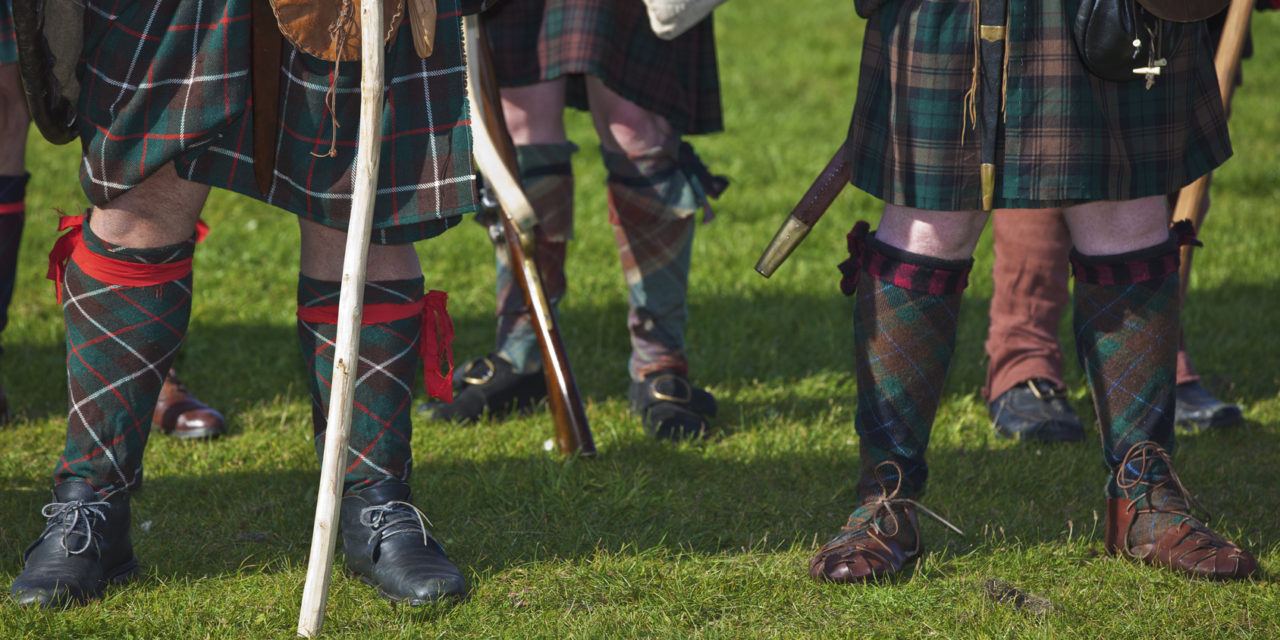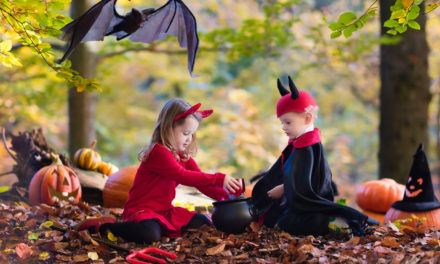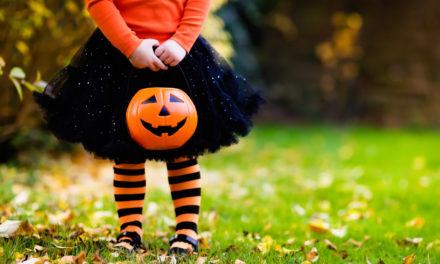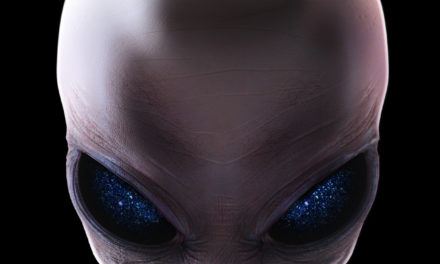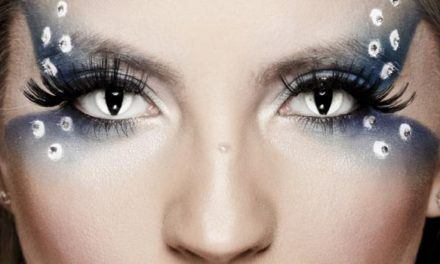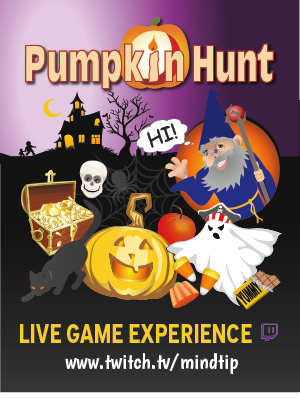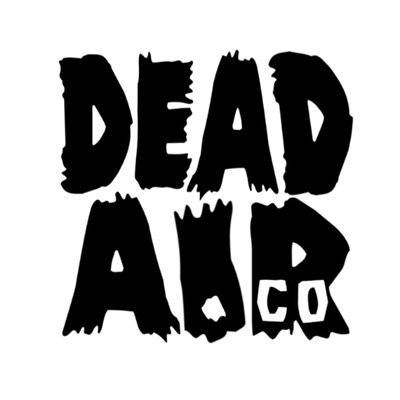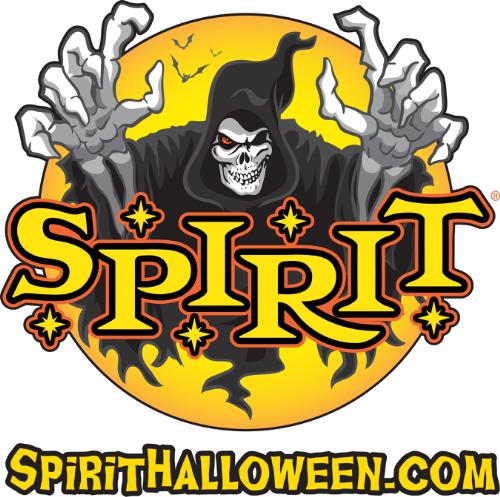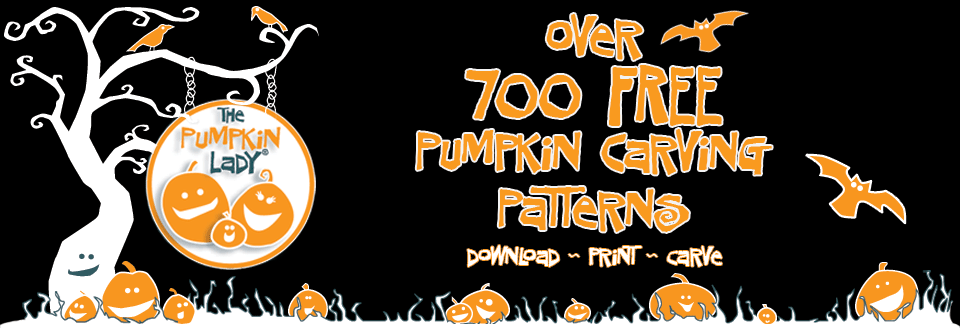The Celts lived 2,000 years ago in the area that today comprises the United Kingdom, Ireland, and northern France. The Celts celebrated “Samhain” as the beginning of their new year on November 1. This was when summer ended, the harvest period was completed, and winter than began. Winter is a cold and dark time of the year in this region of the world. The Celts associated the season with death and dying. They believed that on the night before Samhain (their new year) the boundary between the living and the dead was temporarily broken and that the dead could return to earth. Which would wreak havoc on their lives, cause crops to fail, and cause illnesses.
The Celts celebrated (although that is a loose use of the word “celebrated”) the night before Samhaim (October 31) by burning crop waste and the bones of animals that had been slaughter to the Celtic gods in bonfires. They wore costumes and masks to ward off evil and to keep the dead from recognizing them.. and they told each others’ fortunes.
As the Europeans immigrated to the “New World”, they brought their beliefs, their celebrations, and their customs with them. Because of rigid religious beliefs of the Puritans, Halloween went largely uncelebrated for many years. But beliefs and customs die hard… or not at all. Beliefs of certain ethnic groups of immigrants combined with American Indian customs. The beliefs and practices of a large number of Irish immigrants were added to the mix in the later half of the 1800s. The result was what we know as Halloween today. The holiday has lost most of its superstitious and/or religious ties.
Today costumes and masks are worn by children who go trick or treating and by adults who attend Halloween parties just because it is fun to dress up as a historical character or a superhero or a fairy princess.

